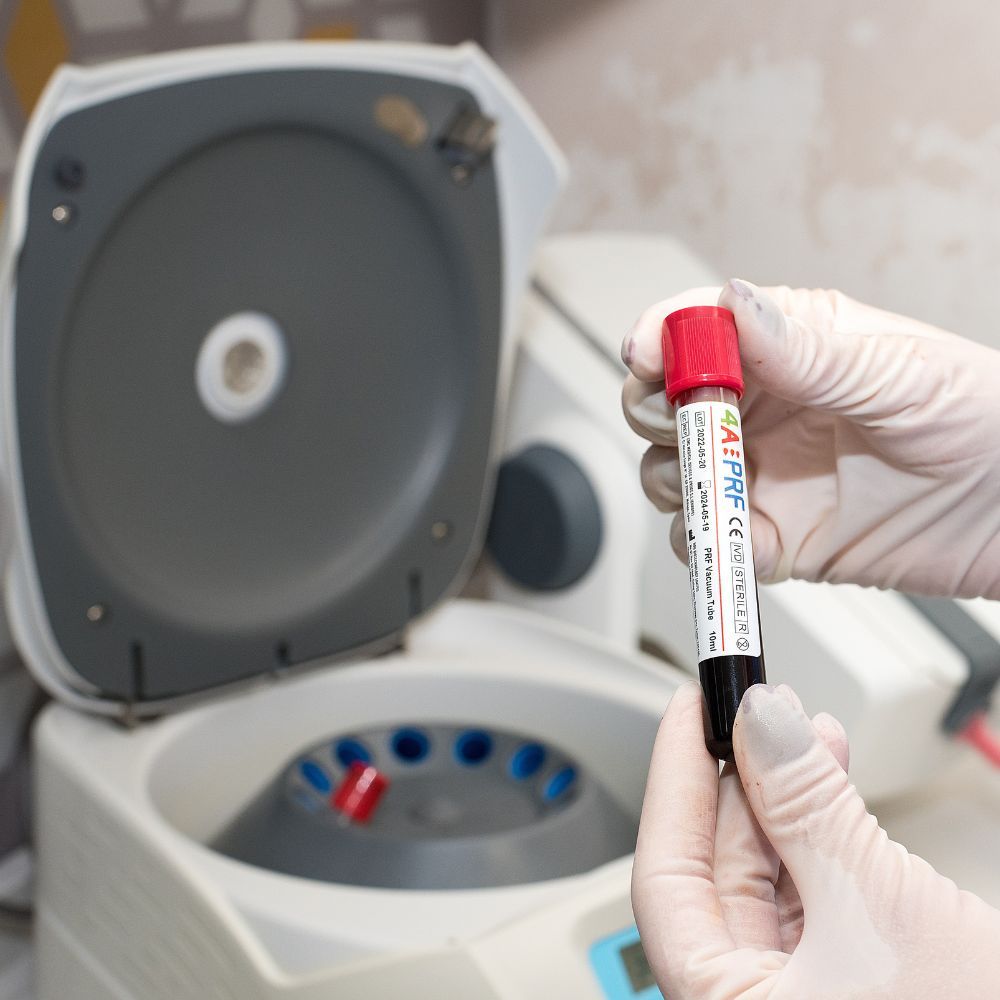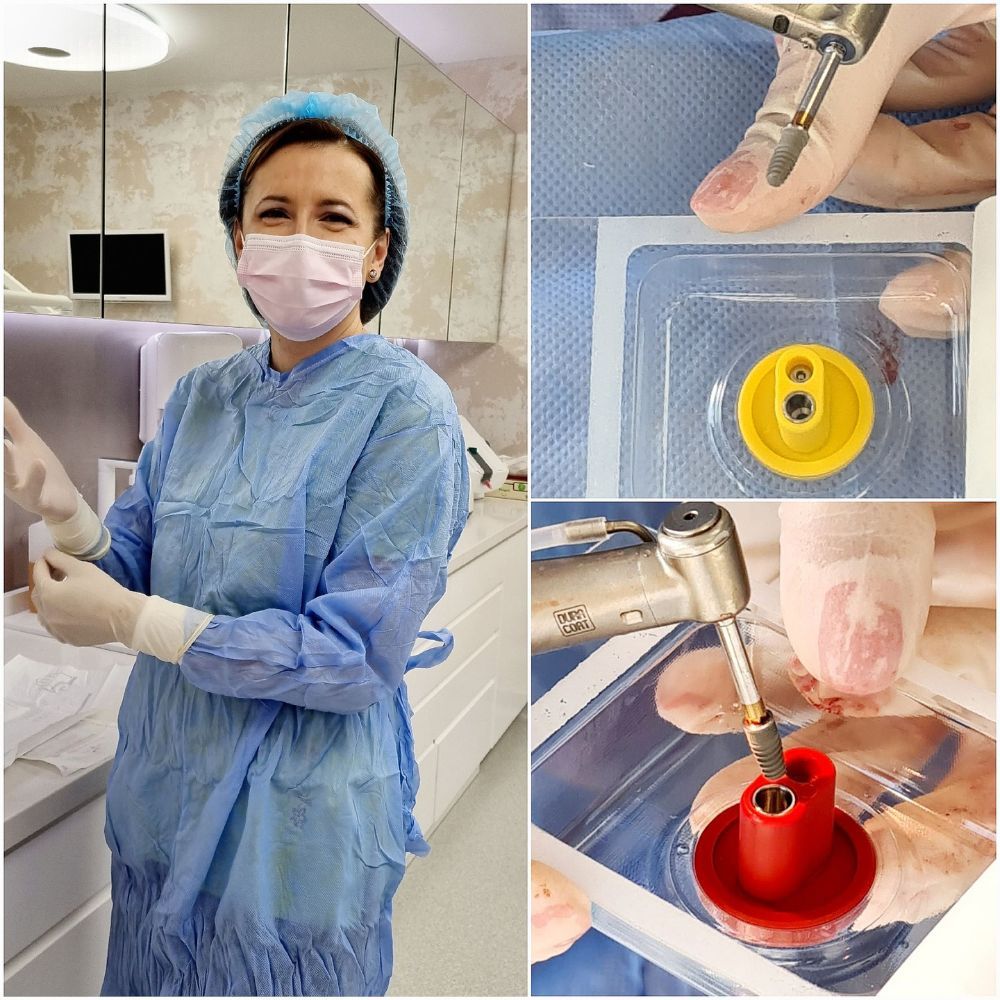DENTAL SURGERY
As part of the dental surgery procedure, at Ogodent Ploiesti we perform the following oral surgeries:
- Simple or advanced dental extraction (extraction of the wisdom molar);
- Gingival remodelling;
- Tooth remodelling by dental implant;
- Periodontal surgery procedures;
- Apical resections (surgical removal of dental granulomas).

What does dental surgery involve?
Dental surgery at Ogodent Ploiesti involves interventions in dental structures and oral tissues. Following a comprehensive examination, our dentist may recommend tooth extraction to prevent complications or address aesthetic concerns.
It's important to note that procedures such as wisdom molar extraction, single-root or multi-root tooth extraction, removal of primary teeth, or extraction of impacted or semi-impacted canines are performed under prior anaesthesia.
This ensures a completely painless experience, with meticulous care provided by our skilled dentist at Ogodent Ploiesti dental clinic.
Dental surgery in Ploiesti and implantology with A-PRF (Advanced Platelet Rich Fibrin)
At Ogodent Ploiesti dental clinic, we incorporate A-PRF (Advanced Platelet-Rich Fibrin) technology into our dental surgery and implantology procedures.
This innovative approach significantly reduces healing time by 50% following any oral surgery. A-PRF involves the advanced method of obtaining healing membranes and utilizing them in dental procedures at our clinic. It begins with centrifuging freshly collected blood from the patient, resulting in the separation and concentration of growth factors present in the blood.
The final products include platelet-enriched fibrin membranes and a protein-rich fluid, which promote accelerated healing and improved outcomes for our patients.

